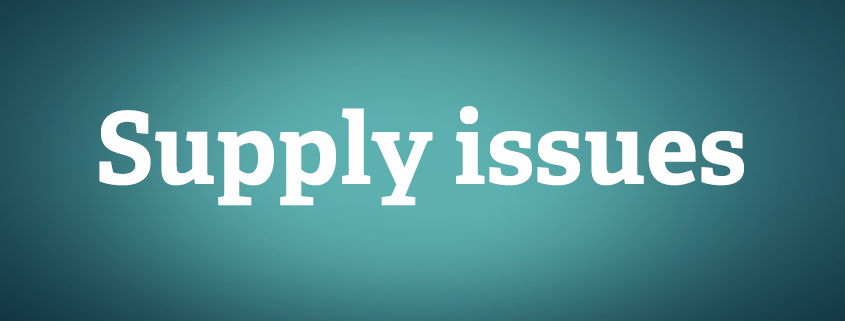Can supply problems potentially result in shortages of medical devices in hospitals?
In recent years, significant disruptions in global supply chains have had a huge impact on worldwide trade. These disruptions highlight the need for enhanced resilience and adaptability in the procurement processes especially in the medtech industry.
The vulnerabilities of our supply chains were notably exposed during the COVID-19 pandemic, which led to unexpected closures of manufacturing and distribution facilities, all while the need for medical supplies increased.
During the second half of 2020 there was an emergence of semiconductor shortages, causing many companies in the medtech industry to struggle with finding replacement parts. Then in March 2021, the Japanese ship Ever Given became lodged in Egypt’s Suez Canal, blocking one of the world’s busiest maritime routes and causing substantial disruption to global trade. More recently, escalating conflicts in the Middle East, have also caused significant disruptions to commercial shipping.
These examples illustrate the complexity and vulnerability of global supply chains prompting health regulatory authorities worldwide to take action.
In the European Union, several steps have been taken to manage supply chain disruptions like reinforcing the role of the European Medicines Agency (EMA) in crisis preparedness and management for medicinal products and medical devices.
In the United States, the FDA has introduced mandatory notification requirements. This requires manufacturers of certain devices to notify the FDA of a permanent discontinuance or an interruption in manufacturing that could lead to a significant disruption in the supply of critical devices. The FDA also encourages manufacturers of other types of devices to voluntarily notify them of any manufacturing interruptions or discontinuances.
In Canada, recent updates to the Medical Devices Regulations mandate manufacturers and importers to disclose any shortages or discontinuations that could potentially result in a shortage of medical devices that are listed on the Notification of Shortages.
In Australia, the Therapeutic Goods Administration (TGA) employs a risk-based approach to medical supply shortages. The TGA monitors national supply disruptions of critical devices and collaborates with impacted stakeholders to mitigate the consequences. Although there is no mandated obligation for manufacturers to report potential medical device supply disruptions, the TGA encourages sponsors to notify them of any such potential disruptions.
Manufacture of critical medical devices and obligations to report shortages and discontinuations of medical devices can significantly influence your Quality Management System. Regulations like section 506J of the FD&C Act and amendments to the Medical Devices Regulations necessitate manufacturers to alert authorities about any permanent discontinuation or disruption in the production of a device that could lead to a significant supply disruption and contribute to care delays or even denial of care. Non-compliance could result in regulatory actions.
Your QMS shall incorporate a robust risk management process to identify and mitigate these risks, for example by implementing strategies to prevent or mitigate supply shortages. Mitigations could for example be diversifying suppliers or maintaining sufficient stock levels.
Lastly, you should have a clear strategy for effectively communicating with healthcare providers, patients, and regulatory authorities about potential shortages.
While health authorities bear the overall responsibility for national medical device supplies, manufacturers also hold a crucial role in preventing and mitigating the impact of medical device shortages through effective communication and cooperation.
If you have any question, contact us at info@qadvis.com.


